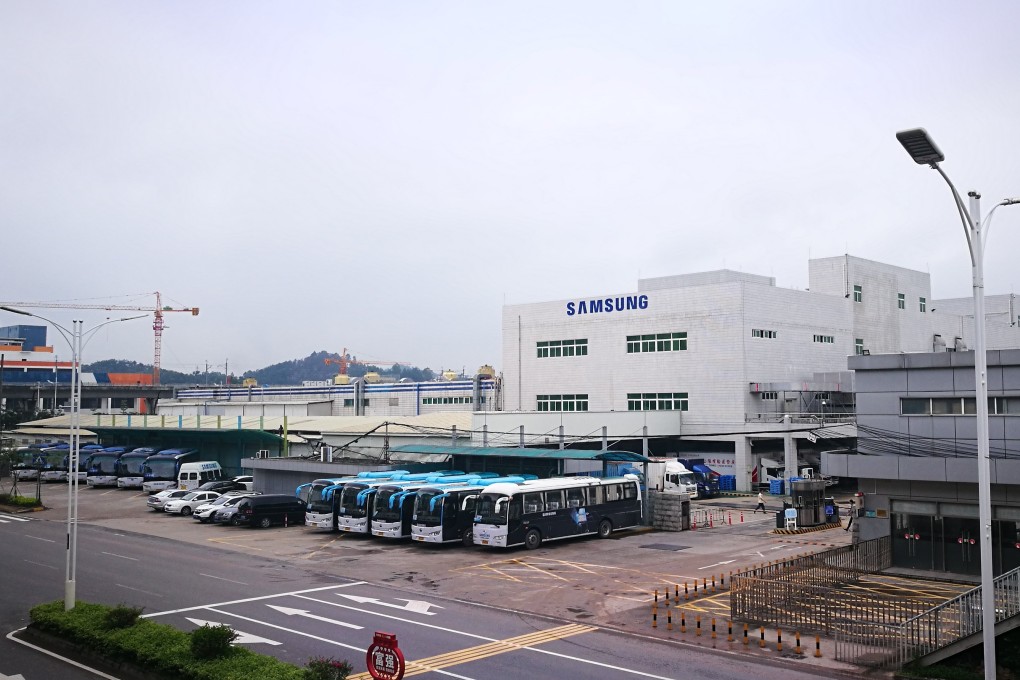Why Samsung’s last China smartphone factory closed?
- Huizhou Samsung is the South Korean electronics giant’s last smartphone factory in China, but signs indicate it will follow facilities in Tianjin and Shenzhen
- Huawei, Xiaomi and Oppo have taken hold of the Chinese market, while the US-China trade war is forcing the company towards production in Vietnam and India

In its heyday, Samsung Electronics' complex in Huizhou, in the northern part of the Pearl River Delta, was the South Korean company’s largest Chinese factory, producing one in five smartphones sold in China in 2011.
Now, the small shops and suppliers that surround the vast complex – the focal point for the community for 27 years – have fallen silent and a notice posted on the gate and dated February 28 tells passers-by that recruitment has been suspended.
“Actually, since February after the Chinese Lunar New Year, many – and a growing number – of residents of the [nearby] town of Chenjiang, from businesspeople, hawkers, workers, landlords to security guards at nearby electronics factories, have heard and spread the rumours that Samsung will shut down a large part of its production capacity in the coming months,” said Zhong Ming, a local resident in his 40s who has witnessed the rise of the Samsung factory over the last three decades.
Huizhou Samsung Electronics is Samsung’s last smartphone factory in China after the company closed its facility in Tianjin in December, having already ceased network equipment production earlier in 2018 at its factory in Shenzhen.
Workers in Huizhou talk of colleagues having already accepted voluntary redundancy, while other local residents, workers and suppliers have almost taken it for granted that the factory will close.

“Street lamps here were decorated with Samsung’s eye-catching billboards. Now they are all gone,” said Steve Huang, an engineer who has worked at the plant for 17 years.